Starting a vegan blog is exciting, but can be a little overwhelming at first.
Unfortunately, it's not as easy as jumping right in and writing blog posts.
But don't fret - I've created this step-by-step guide for you to learn exactly how to start your very own vegan blog.
Starting a vegan blog checklist
1. Find a vegan niche
Before you can start creating your blog, you'll need to have a clear idea of your goals.
2. Create a great name for your blog and buy your domain name
Finding the right name can either be easy or a real pain. You'll need to make sure the domain (the www.yourblogname.com) is available too. Read on to find out how to get a free domain name.
3. Find a web host for your blog
A web host is the service provider that allows your blog to live on the web. Look at it as paying digital rent for your website. Along with a Domain, BlueHost is a great place to get started with hosting your blog.
4. Install WordPress
There are a number of blogging platforms, but WordPress is the most commonly used.
5. Find the perfect theme
Decide what your blog will look like.
6. Install useful plug-ins
There are lots of WordPress plug-ins to make make your blogging life a whole lot easier.
7. Set up analytic tools
See who is visiting your blog, what blog content is performing best, and where you're ranking on Google.
8. Start creating content
You're all set to inspire fellow vegans!
Why start a vegan blog?
You know you want to start a vegan blog, but have you answered why?
By answering the "why?" you're much more likely to succeed as a vegan blogger.
Let's look at two examples:
Example 1:
John is vegan and wants to start a vegan blog. He's passionate about veganism and writing and wants to share his personal experience of being vegan. John quickly creates www.veganjohn.com and starts writing about his vegan experiences.
Example 2:
Stacy is also vegan and wants to start a vegan blog. She loves veganism and cruelty-free beauty products. She wants to help other vegans find the best cruelty-free products. Stacy creates www.veganbeauty.com and starts reviewing products and providing informative posts about make-up and fashion.
As you can probably see here, John doesn't have a clear why. He is likely to hit creative roadblocks and doesn't provide much value to a specific audience. He is running blindly into his blog, which is likely to struggle to compete.
Stacy, on the other hand, has a clear goal. Her audience is clearly established early on and her blog is much more likely to succeed.
Some why examples for vegan bloggers are:
- Help new vegans transition
- Share vegan recipes
- Vegan activism
- Review vegan products
Once you have your reason, your target audience quickly becomes clear.
Remember, your readers don't often care about your personal experiences. Generally, they want value for themselves.
Now it's time to establish your niche
Finding a blog niche
Blogging is highly competitive.
To become a successful blogger you're going to need to narrow down to a specific niche.
As the earlier examples show veganism alone isn't specific enough.
This doesn't mean you have to find an area that no one else is blogging about (although that would be perfect), but you want to find a a niche with low competition.
Tips for finding the right vegan niche
A good way to establish a niche is to combine two passions, or at least something you're knowledgable about.
In my case, when I first started Roaming Vegans, I took my love of travel and combined it with my vegan lifestyle.
Why did this work for me?
- Specific audience
- Not a saturated niche
- Ability to branch out
- Ability to be monetized
Below is the Google impressions growth for searches for Roaming Vegans in a 6-month period.
As you can clearly see, this blog went from barely existing on Google to approaching 4k impressions on the popular search engine.
The possibility is really endless when choosing a niche, but note, not all niches are equal.
It's worth the time to find a niche that:
1. You're passionate about
2. You are knowledgable about
3. Can be monetized
While you don't necessarily need to monetize your blog, if you do intend to make money with it, it helps to choose a niche where it's viable in the future.
Some examples of good vegan niches are:
- Vegan cooking and recipes
- Cruelty-free beauty
- Vegan fitness
- Plant-based health and wellness
Let's single out vegan fitness as a niche idea.
This niche is perfect for someone who is actively working out and could provide insights and tips for others. That person is obviously passionate about vegan fitness, they would have knowledge about the industry, and there are plenty of monetization opportunities, like plant-based supplements and dietary plans.
For that individual, it ticks all the right boxes for a niche.
Buying a domain name
The first actionable step you need to take to get your blog started is to purchase a domain name.
A domain is the www. address of your site.
Try to get a domain that:
- Exactly matches your blog name
- Contains keywords related to your niche
- Is easy to remember
How to get a domain name
Before you can buy your domain name, you'll need to choose a registrar.
A registrar is a company that provides domain names and ongoing support. A lot of registrars also offer web hosting, which we will get into shortly.
You will want to ensure you choose a reputable registrar.
I recommend BlueHost.com for new bloggers. They provide a free domain name for 1-year when a new user purchases a hosting plan (explained next).
To get your domain name, head over to BlueHost.com and click the Domain tab.
Simply add your chosen domain name to the domain search bar to see if it's available and its cost.
BlueHost will pull up this page which tells you whether or not your domain name is available or not and its cost.
However, ignore its cost for now, as I will show you how to get the domain name for free.
If possible, always try to purchase the .com version of your domain name. Search engines prefer these domains.
The registrar will offer you a lot of added services at this point. These additions are not necessary for your purchase and can always be added later if you change your mind.
Now click out of that page and head over the 'Shared Hosting'.
Host your blog domain
Now that you know your domain name is available, it's time to get it for free with your hosting.
Think of your domain name and hosting like this: If your domain is your blog's name, the host is its location.
You will need to choose a hosting plan. I recommend choosing a basic plan at first.
You can save money by signing up for longer plans. The screenshot below is based on a 36-month plan with BlueHost.com. If you don't want to commit to 36 months, simply change your plan to 12 months.
By signing up with BlueHost you can receive a free domain for 1 year and SSL certificate.
After you choose your package you will be sent to this page where you can choose your domain name.
Once you have you've added a domain name, you'll be sent to a page where you will add your personal details, hosting package information, extras, and payment options.
Insert all of your information correctly, choose your package plan, and click submit.
You will then need to set up a password for your account before you will be able to log in and move on to the exciting next step - installing WordPress!
Install WordPress
At this stage, you have your website name and its location on the web.
Now it's time to add WordPress, which will be your blog's home.
What is WordPress?
WordPress is the most popular blogging platform in the world.
Through WordPress you can write, edit and publish articles, photos, pages, and entire websites. It's an extremely powerful platform, so it's no wonder most websites use WordPress.
Why WordPress for blogging sites
In my opinion, WordPress is 100% the best blogging platform out there -and here's why:
- Easy to use
- Thousands of themes and plug-ins
- Google and other search engines like WordPress sites
- People know and trust WordPress
How to install WordPress to your blog
Once you have your domain name and hosting set up you'll need to install WordPress. This is slightly different with each hosting provider, but for consistency, I'll explain how to do this with BlueHost.
Once inside your BlueHost account, head over to cPanel and find MOJO Marketplace and "one-click installs".
WordPress should be pretty easy to find in this list. Click it and follow the installation instructions that appear.
Once WordPress has successfully installed you'll be able to log into your site's admin page by visiting www.yourdomainname.com/wp-admin and inputting your details.
WordPress alternatives
While I highly recommend WordPress for bloggers, there are some good alternatives out there too.
I have personally used Wix and Weebly and generally pretty easy to use.
I also have experience with Joomla, but I would not recommend it to beginners.
Install a WordPress theme
Now that you can access the backend of your WordPress site you'll need to choose the perfect theme for your vegan blog.
What are WordPress themes?
A theme is the appearance of your blog.
Right now your blog is blank and empty. By adding a theme you'll get a template that you can easily adapt to fit whatever you want.
How to install WordPress themes
Installing a WordPress theme is relatively straightforward.
Head over to Appearance and then Themes in the left sidebar. You'll be taken to the themes main page, where you can click Add New to find your perfect blog theme.
Themes can be free or paid. There are some great free themes out there, but paid themes often include a lot more features and are generally better.
However, it's perfectly fine starting out with a free theme.
Best WordPress themes for vegan bloggers
There is an endless amount of themes to choose from. But here are a few examples I've found which are great for vegan blogs.
Keep in mind, the examples below are paid themes.
Install useful plug-ins
What are WordPress plug-ins?
Plug-ins bits of pre-coded software you can add to your site to boost its performance and functionality.
Basically, plug-ins allow bloggers to have more control over their websites, which doesn't require coding.
Too many plug-ins can slow down your website, so it's a good idea to only use essential plug-ins.
How to install plug-ins
Installing plug-ins is easy.
In your WordPress dashboard, head to your left bar menu and click Plug-Ins - Add New.
Then, simply search for the plug-in you need.
Plug-ins essentials for new bloggers
There is a plug-in for almost everything on WordPress.
If you're a vegan blogger, I recommend you start out with these plug-ins:
1. Elementor or Beaver Builder - The best drag-and-drop page builders on WordPress. You will be able to create amazing-looking posts and pages easily.
I highly recommend using their add-on packages, which have tons of extremely useful features.
2. Yoast - Yoast is one of the best SEO tools for WordPress users. You can do a lot with this plug-in, like edit how your posts will appear in Google searches.
3. Google XML Sitemaps - To ensure readers will find your articles organically, Google needs to know they exist. Sitemaps tell Google about your new content. XML Sitemaps creates sitemaps for you so you can upload them to Google Search Console.
4. Google Analytics Dashboard - Once you have your analytics set up, this plug-in will send the results directly to your WordPress dash.
Set up analytic tools
What are analytics tools?
If you still think blogging is all about creating content, you're about to get a surprise.
While content is the foundation, things like SEO and analytics are crucial to blogging success. Any good blogger spends just as much time on analytics and SEO as they do creating content.
Why use Google Analytics?
Google Analytics is an incredibly powerful analytical tool.
By using Google Analytics correctly you will be able to optimize your content and produce better-targeted and higher-quality content for your readers.
Great Google Analytics features:
- Realtime - See and learn about who is on your website right now.
- Audience stats - Learn about your reader's demographics, location, interests, and what device your content is viewed on.
- Acquisition - How are your readers finding your content?
- Behavior - What your readers are doing on your blog.
And tons more features. The possibility with Google Analytics is endless, so make sure to take advantage of it.
Essential analytical tools for bloggers
- Google Analytics - Free
- Google Search Console - Free
- Bing Webmaster Tool - Free
- Ahrefs - Paid all-in-one SEO tool (highly recommend)
What is SEMrush?
While most of the tools I've recommended in this article are free, the one exception is SEMrush. This all-in-one SEO (search engine optimization) tool is essential for bloggers who want to gain real traffic.
The program lets you:
- Find the best keywords for traffic
- See how your competitors are getting traffic
- Where to get valuable and free backlinks
- Spark blog content ideas
You can guarantee every successful blogger is utilizing this tool. And while it is an expense, if you're looking to monetize your blog, it will pay for itself.
Start blogging
Congratulations! This is the basics of how to start your own vegan blog and you're ready to start sharing your awesome content.
Here are a few tips to get started:
Blogging tips
1. Write long, useful posts - Search engines love long (1000+ word) articles. But also make sure they're helping people solve an issue or answer questions they may have.
2. Use original photos - As a blogger you'll need to start taking lots of photos. Make sure your photos aren't too big else they might slow down your site. Use TingPNG.com to lower their size before uploading.
3. Share your blog posts - At first you're not going to get much traffic to your blog. By sharing your posts on social media (Facebook Groups is a good place) you'll get some fresh eyes on your content and maybe develop an audience.
4. Stay true to yourself - It's easy to get carried away when blogging and suckered into writing something you don't believe it. Always remember why you started and what's important to your readers. It'll pay off in the long-run.
Are you still stuck setting up your vegan blog?
We can do it for you!
Contact us at hello@roamingvegans.com to see how we can help you.
More from us



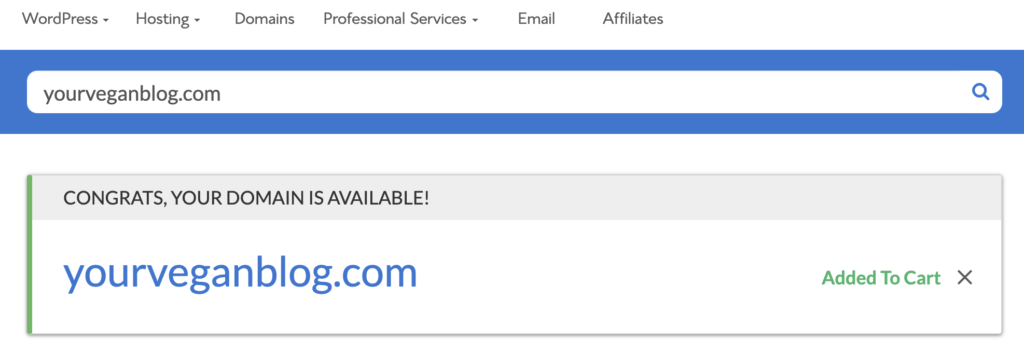
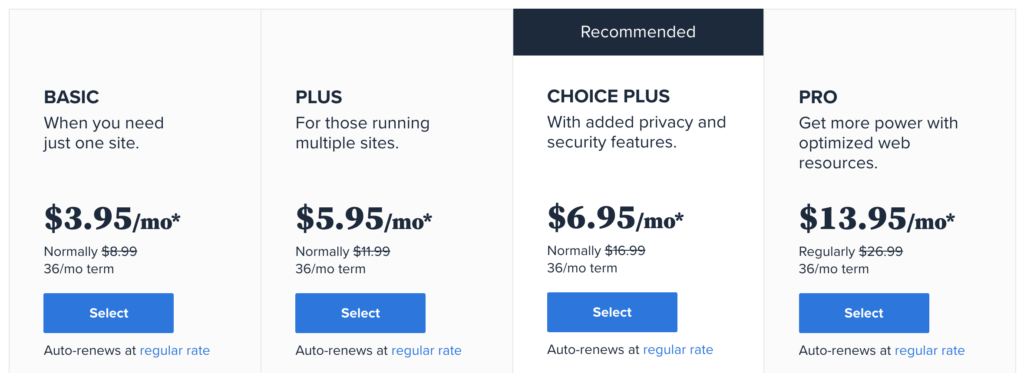
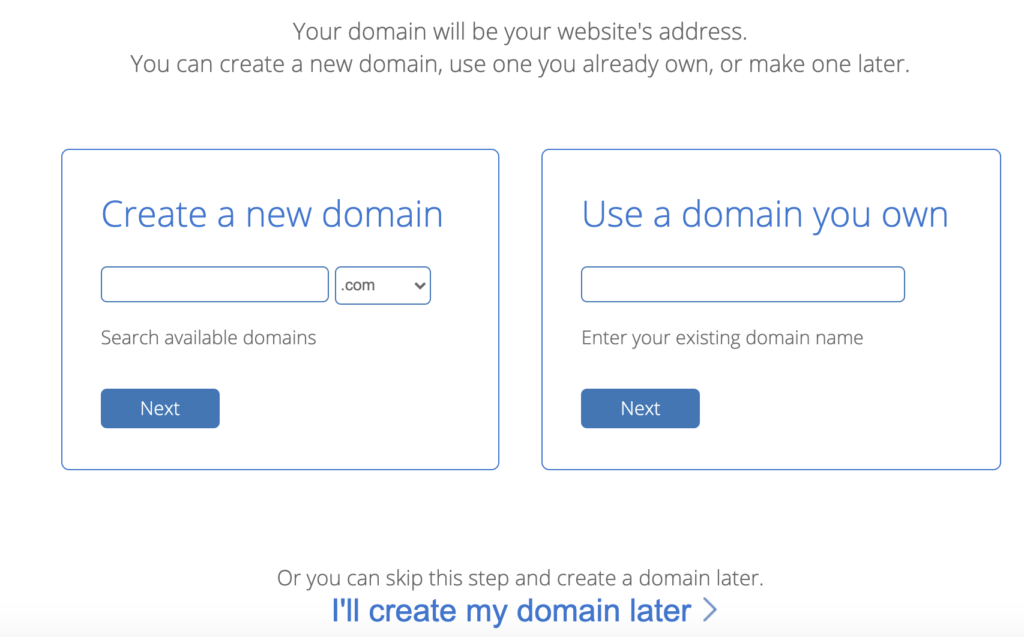
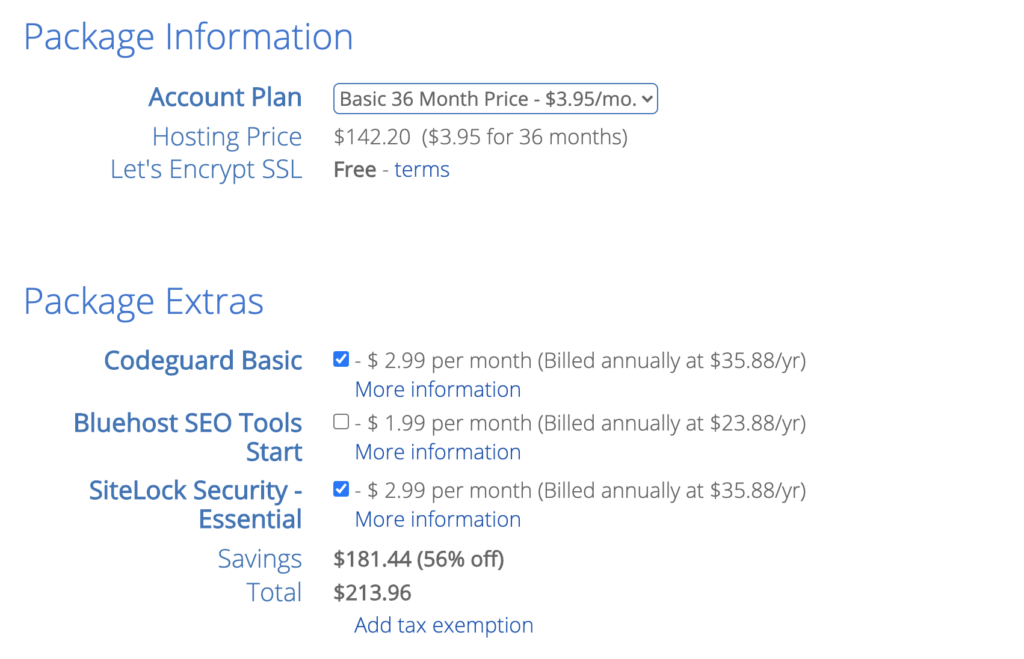
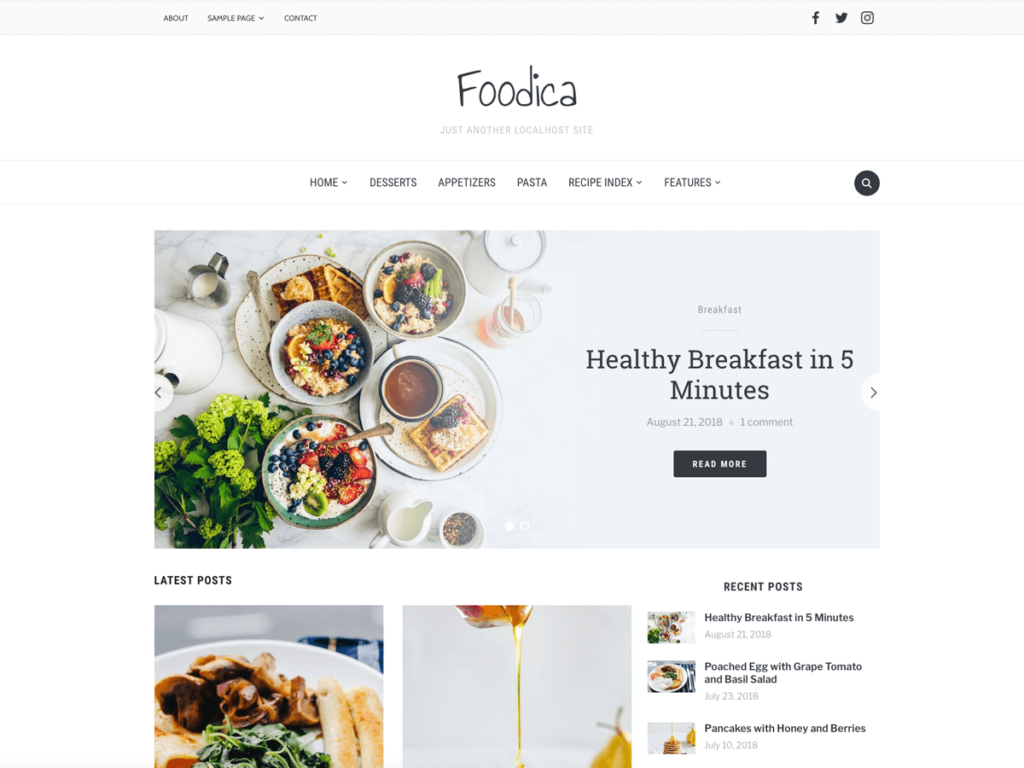
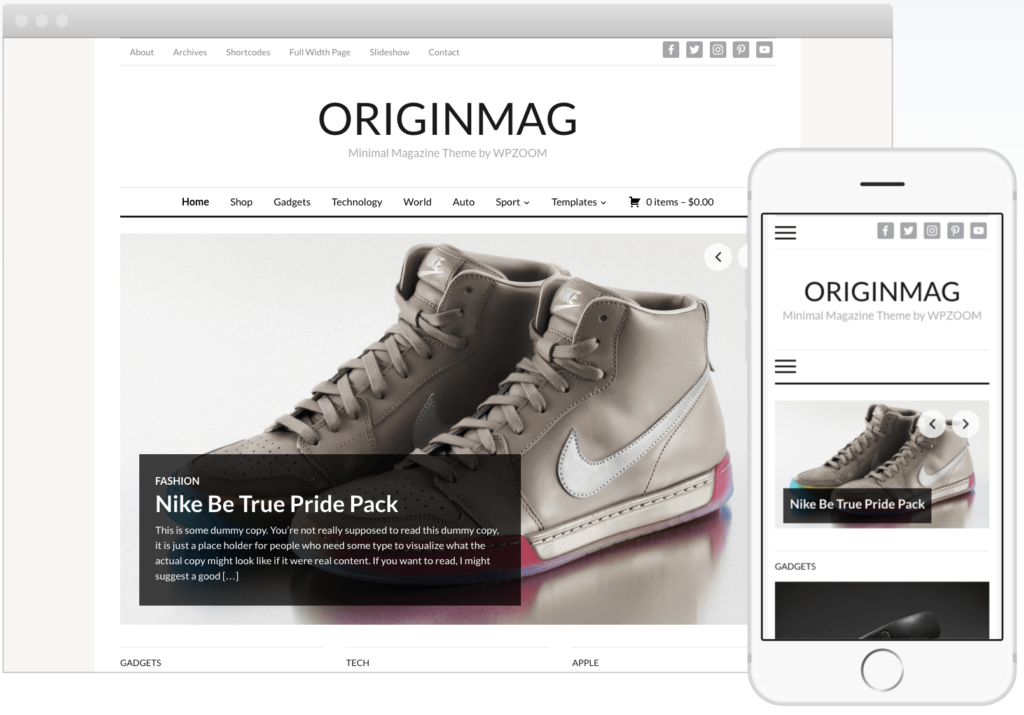
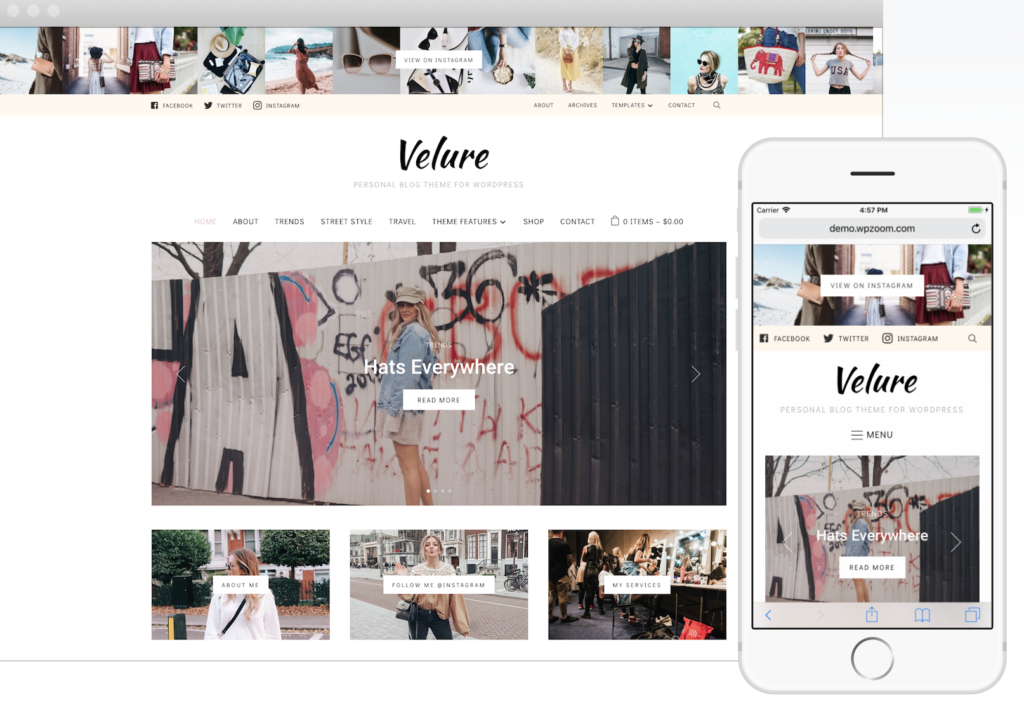
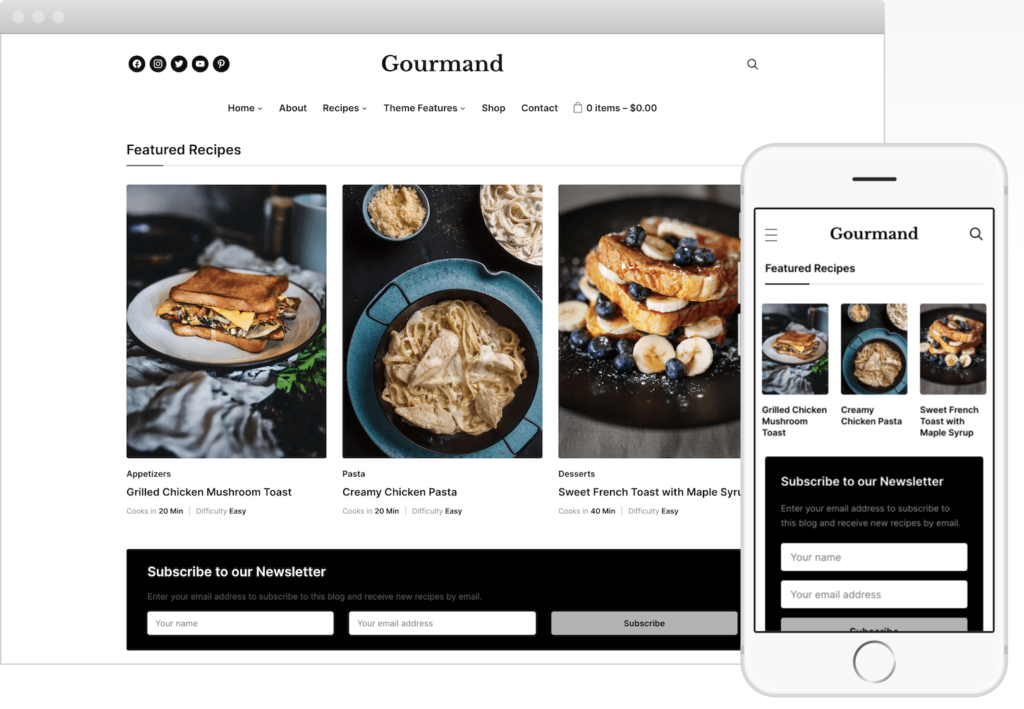


1 thought on “How To Start A Vegan Blog: A Step-By-Step Guide”